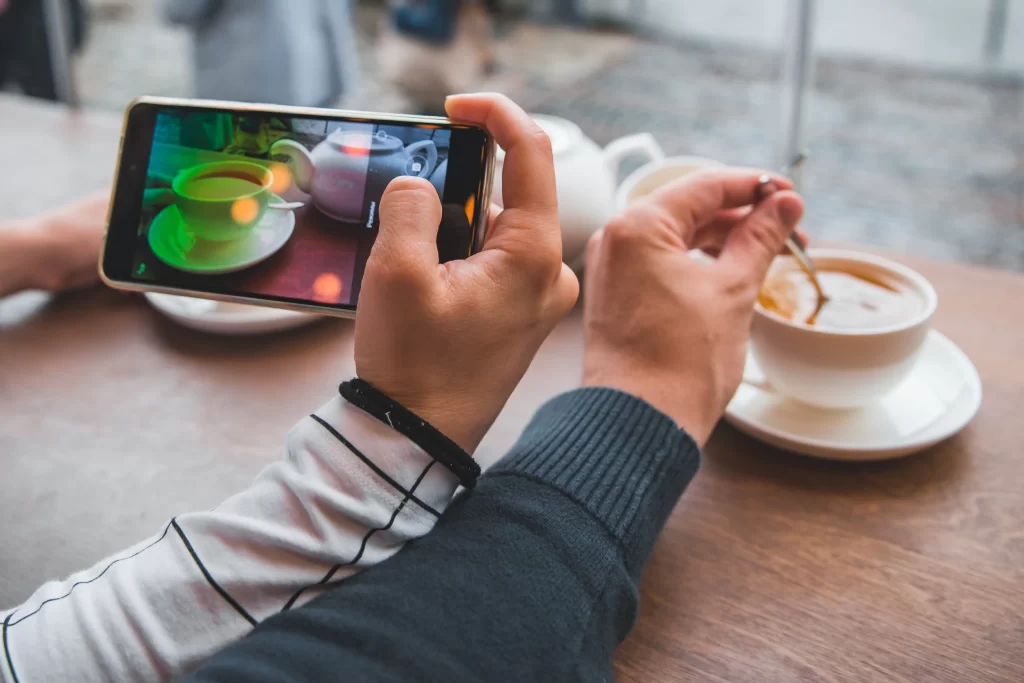

In the digital age, smartphones serve as our windows to the world, but they can also be gateways for privacy invasions, especially through their cameras. While common security risks like hacking and malware are widely recognized, several lesser-known vulnerabilities pose significant threats to our privacy. Let’s look at 10 such obscure security issues associated with smartphone cameras, offering deeper insights into the potential dangers and ways to safeguard against them.
1. Exif Data Exposure

Photos taken with a smartphone carry Exif data, which reveals the time, date, and GPS location. This data can be a goldmine for stalkers or criminals looking to track a person’s location. Users should be cautious about sharing photos on public platforms, and consider using apps that strip Exif data before uploading pictures. Understanding how to manage and erase this data can significantly enhance personal security.
2. Camera Shutter Sound Disabling
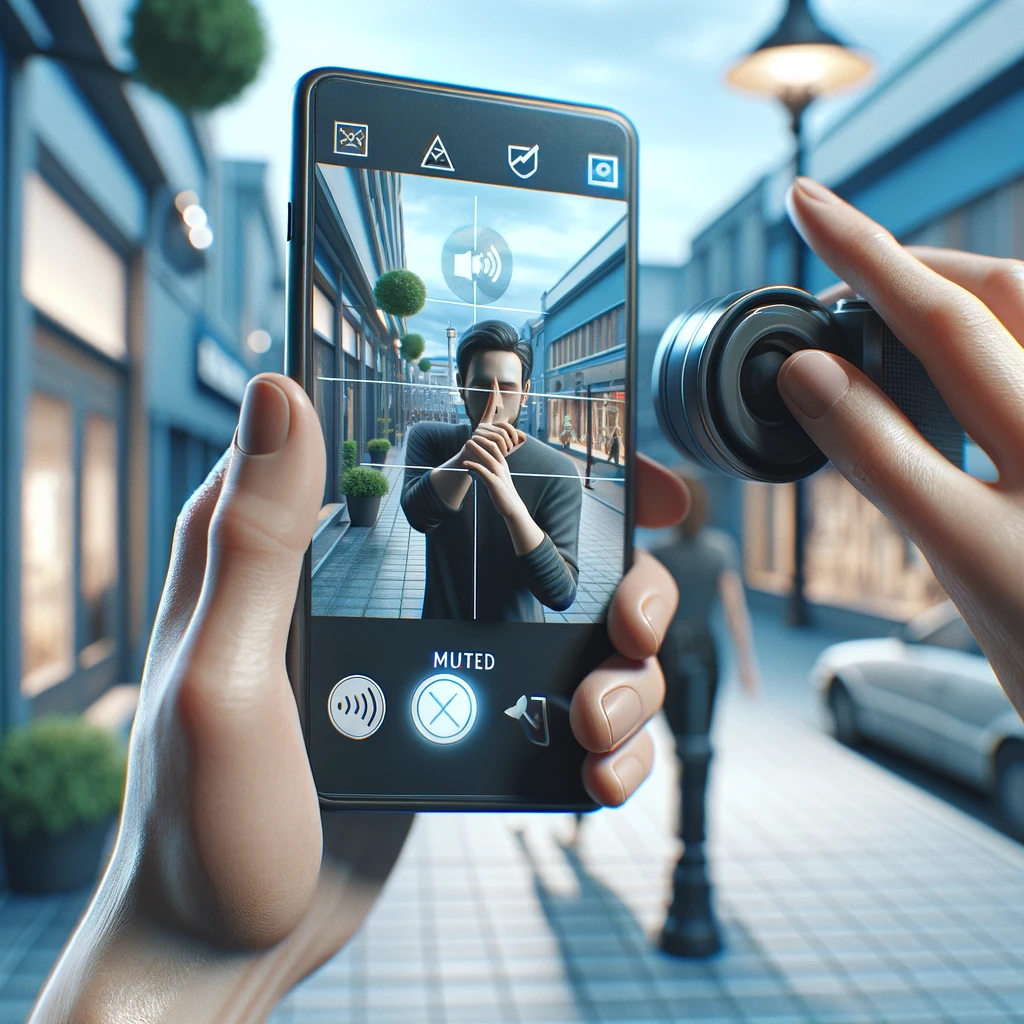
In certain regions, laws mandate a shutter sound for smartphone cameras to prevent covert photography. However, some apps can disable this sound, enabling silent photo-taking which raises serious privacy concerns, especially in private or sensitive environments. Users should regularly review app permissions and remain vigilant about apps that can control camera settings.
3. Third-party Keyboard Apps Accessing Camera
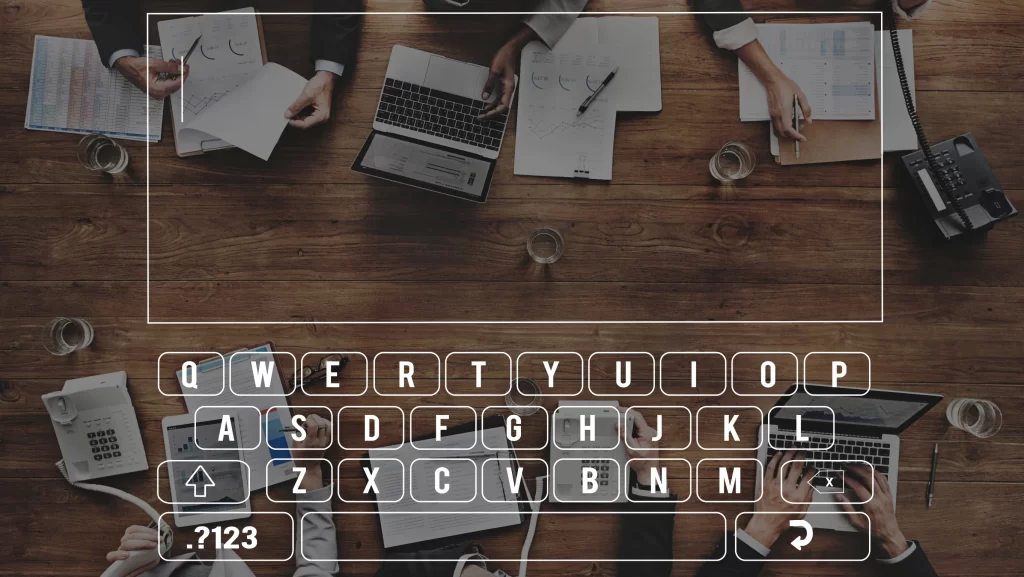
Some third-party keyboard apps request access to the camera, which they can misuse for surreptitious recording. Users should be wary of granting unnecessary permissions to keyboard apps and prefer using default or well-known keyboards with clear privacy policies. Regularly auditing app permissions can prevent such vulnerabilities.
4. Zero-Day Vulnerabilities

Zero-day vulnerabilities present a unique challenge as they are exploited before the software vendor becomes aware of them. These flaws can be particularly dangerous when involving camera access, allowing hackers to intrude into personal moments. Staying updated with the latest security patches and avoiding suspicious links or apps can mitigate these risks.
5. Camera Access Via Voice Assistants
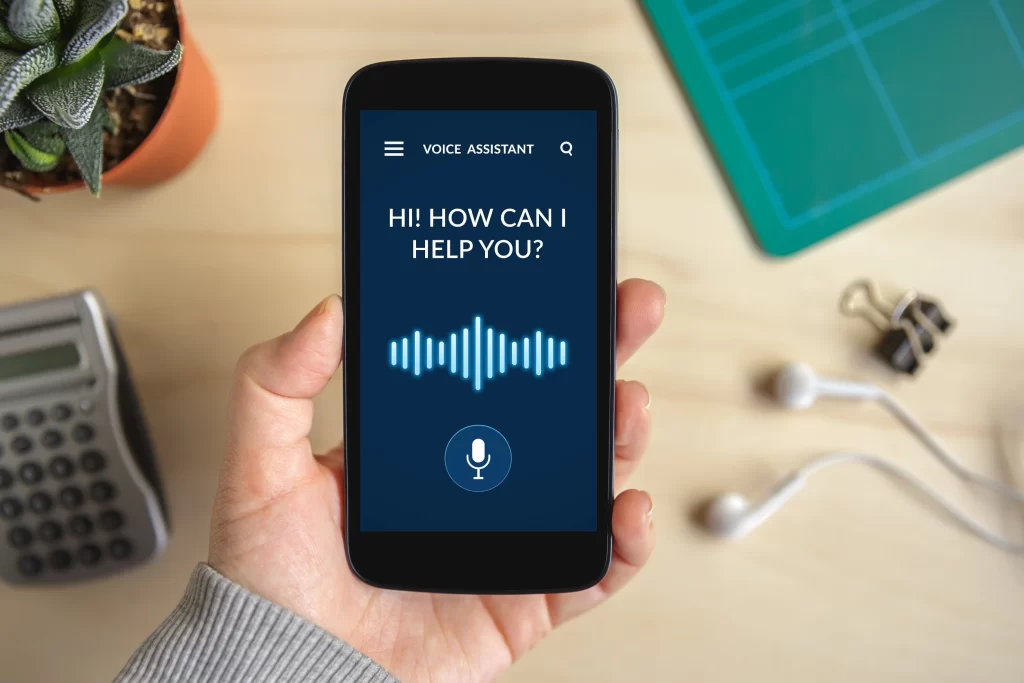
Voice assistants, if not properly secured, can be tricked into granting unauthorized camera access. This risk is heightened in public places where unintended voice commands might be picked up. Users should configure voice assistants to recognize only their voice or disable voice control for sensitive features like the camera.
6. Infrared Camera Hacking

Infrared capabilities in cameras can be exploited for invasive purposes, such as seeing through certain materials. While this technology has legitimate uses, it can also be misused for unethical surveillance. Awareness of your device’s capabilities and potential misuse is vital for maintaining privacy.
7. Video Conferencing App Vulnerabilities

Video conferencing apps, if not developed with robust security, can become avenues for attackers to access camera feeds. This vulnerability was highlighted as the use of these apps surged in recent years. Users should ensure they use updated and reputable conferencing apps and be cautious of unsolicited conferencing requests.
8. Flaws in Biometric Authentication Systems
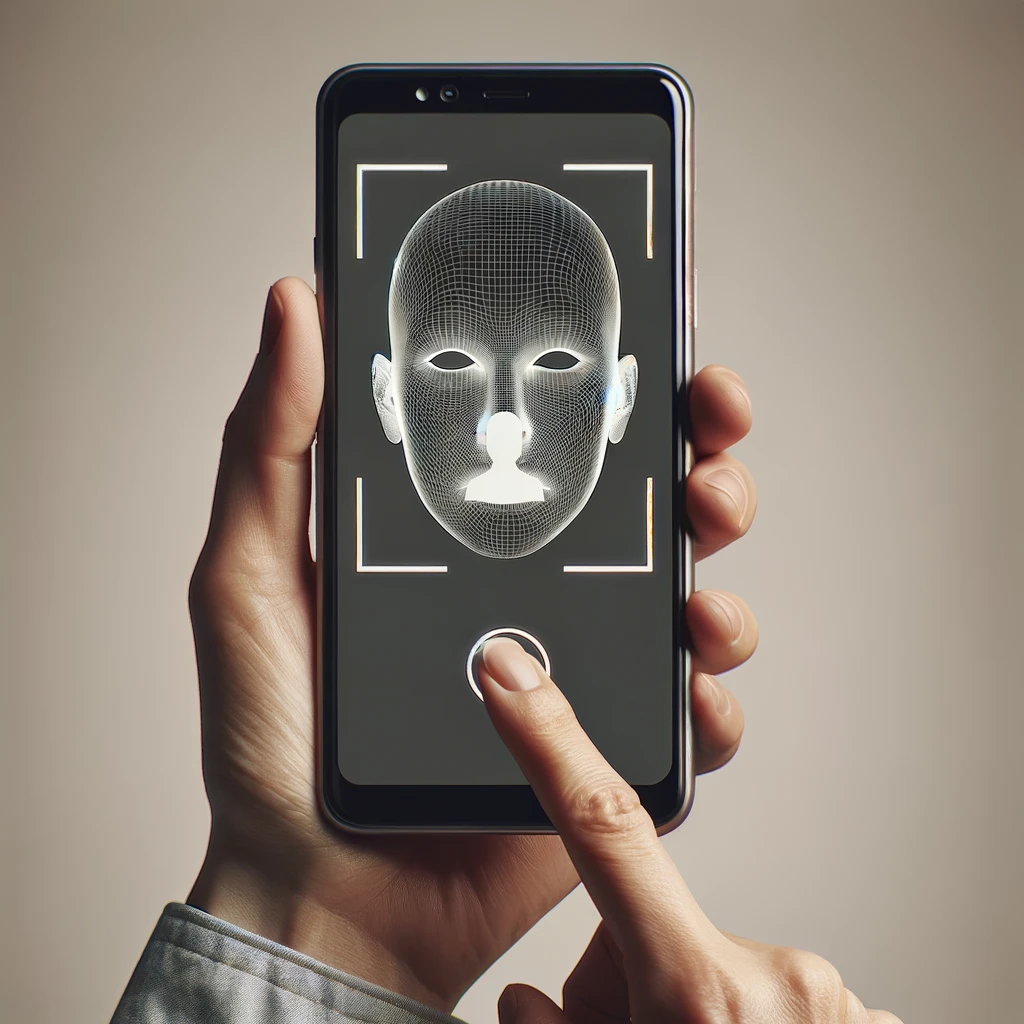
Camera-based facial recognition for unlocking phones can be compromised, leading to unauthorized device access. Users should be aware of the limitations of facial recognition technology and consider using additional security measures like passwords or PINs for enhanced protection.
9. Camera Apps With Hidden Malware

Malicious camera apps can contain malware that takes control of your camera without your knowledge. Users should download apps only from official app stores and read reviews and permissions carefully. It’s crucial to have a reputable antivirus installed to detect and prevent such intrusions.
10. Side Channel Signal Emission Exploits

Sophisticated hacking techniques can exploit the electromagnetic signals emitted by smartphone cameras. These signals can potentially be decoded to understand what the camera is seeing. Awareness of such advanced threats and keeping your smartphone’s firmware updated can provide an additional layer of security.
Be Aware of These Security Flaws in Smartphone Cameras

In summary, while smartphone cameras add immense value to our daily lives, they also come with a set of security risks that require our attention and action. Being informed about these lesser-known vulnerabilities and adopting prudent digital habits can significantly enhance your privacy and security in the smartphone era.
Have you implemented any security measures to protect your smartphone camera? Share your strategies in the comments and help others stay informed and protected. Remember, in the world of cybersecurity, being proactive is always better than being reactive.









